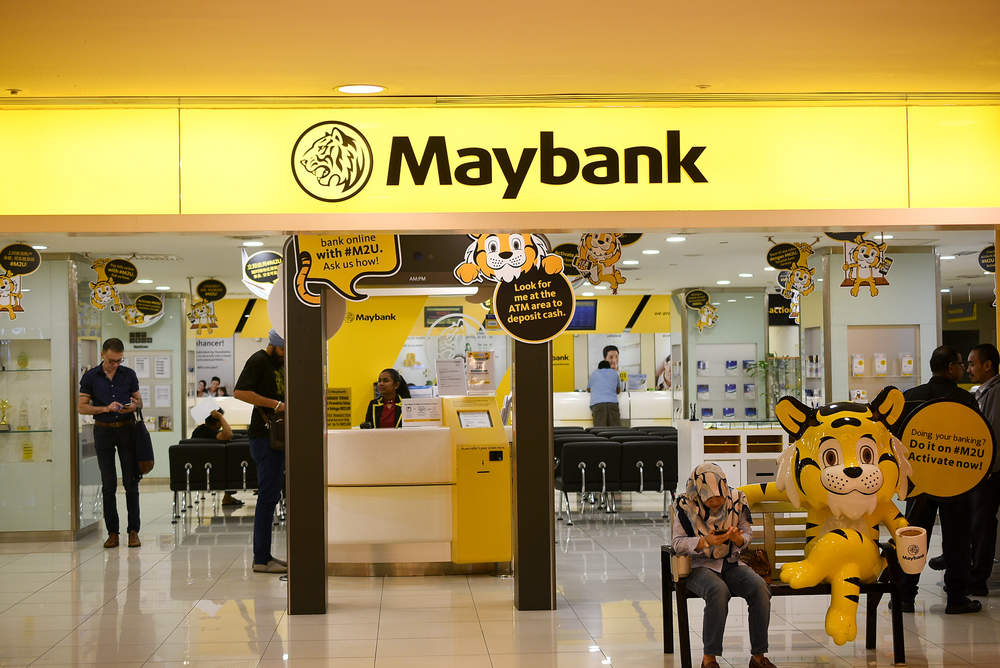
Maybank QRPay is Malaysia’s first QR payments mobile wallet with direct CASA integration. This is the first move towards a cashless Malaysia.
Maybank customers – especially those without credit or debit cards – can now make cashless payments digitally for retail purchases using the Maybank App, drawing from their account balance.
Is a cashless Malaysia possible?
Despite the rise in card payments in Malaysia, use of cash remains high – and it has been growing; the ratio of cash in circulation as a share of the country’s GDP actually increased by a full one percentage point to 6.9% in the five years to 2016. ATM withdrawals grew at almost 7% per year in the same period, while around 85% of all payments in Malaysia are cash-based transactions.
Maybank has been on a mission to reverse the trend, and one issue has been the cost to merchants of card terminals. Maybank has tackled the issue head on with the development of its QRPay Merchant App to solve these pain points. The service taps into the increasing use of mobile phones in the country. It also offers a cost-effective alternative to cash due to reduced infrastructure costs.
SMEs can download the app and complete the onboarding process in less than five minutes, avoiding the need to purchase hardware such as mPoS dongles and terminals.
Customers without credit or debit cards had been asking for a way to pay for retail purchases directly from their current or savings (CASA) accounts with the convenience of contactless or NFC payments.
Maybank’s QRPay neatly solves that challenge. Utilising QR codes for payments is not new, and many observers – this writer included, when they first debuted years ago – were doubtful as to their likely consumer appeal. They have, of course, become mainstream for mobile payments due to the widespread adoption of AliPay and WeChat Pay in China, and Paytm in India.
While Maybank QRPay is not the first QR code mobile payments solution in Malaysia, all the other offerings are non-bank mobile wallets that require top-ups from a bank account. Maybank has done away with the hassle of low balances or topping up by linking Maybank QRPay directly to customers’ CASA accounts via Maybank2u.
Instead of white-labelling or buying a solution from a tech vendor, Maybank developed its QRPay offering in-house. Impressively, the service was developed within just six months. In December 2017, Maybank piloted QRPay across all 33 stalls at the food court in Laman Menara Maybank. The service then launched to the general public in January. The result? Over 100,000 sole proprietors and SMEs signed up to the service in the first five months following the launch of the service.
Looking ahead, Maybank is now hard at work to enhance QRPay to add additional payment methods, including cards and POS terminal integration.
The technology utilised in QRPay has been incorporated into the specifications of PayNet’s national QR standard, which will be the interoperable standard for all banks in Malaysia moving forward.
The service will not move the dial significantly in the short term in terms of cash use. But, in time, it will complement card use as an economical alternative to cash







